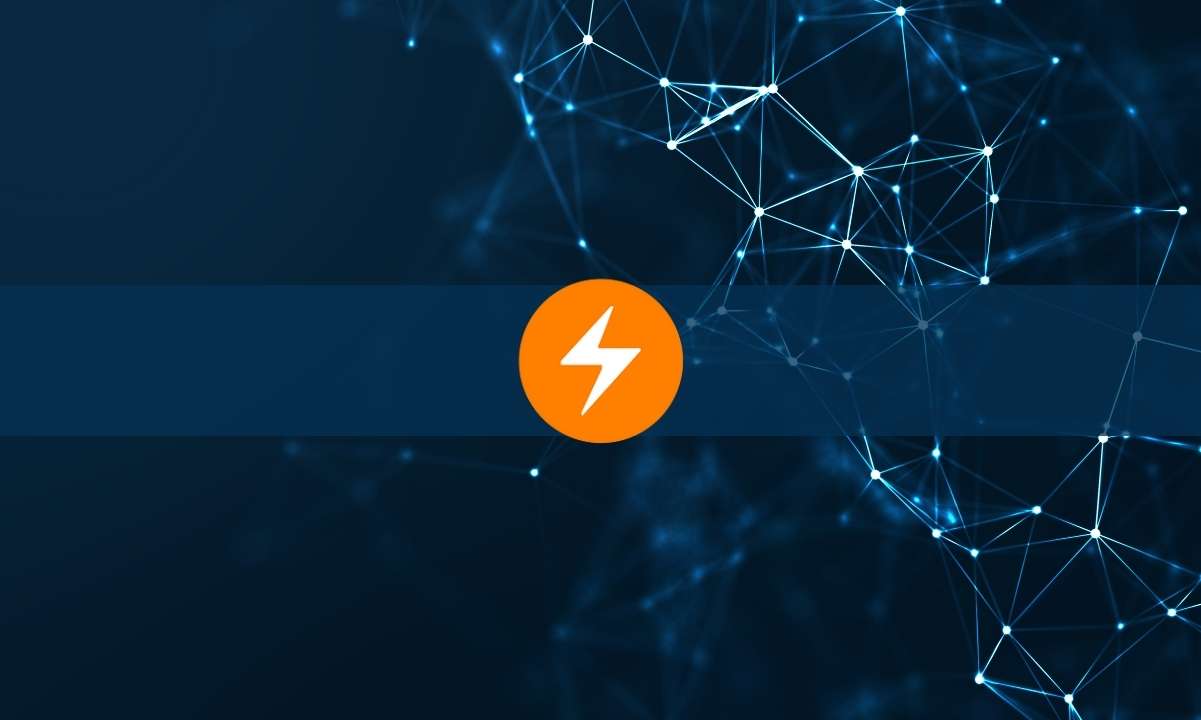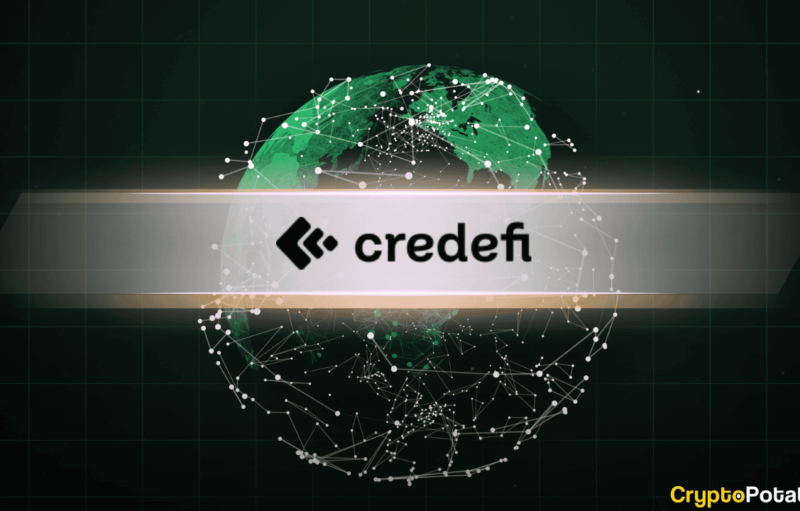

The DeFi industry is a financial technology ecosystem that is powered by distributed ledger technology, eliminating third-party liabilities such as fees and medium of exchange. As the name suggests, DeFi is actively controlled by community members through decentralized decision-making processes such as voting. DeFi’s sustainability is supported by peer-to-peer transactions held together by different software and hardware, connectivity, and security protocols.
DeFi has grown massively since Bitcoin’s mainstream adoption in the 2013 bull market cycle. New projects like Monero and Litecoin emerged to promote the industry’s growth further. However, with its utility and functionalities, this new Bitcoin alternative could render the two networks out of use.
What is Monero (XMR)?
Monero is an open-source but opaque blockchain network developed to enhance the anonymity of transactions. The platform capitalizes on the egalitarian consensus to mine its native digital asset, XMR. Monero operates under privacy configurations that randomly generate pseudo names from unrelated alphabet and number combinations. The downside of Monero is that the platform could be more beginner-friendly, making it only conducive for experienced Web3 users.
What is Litecoin LTC?
Litecoin is among the top Bitcoin hard forks in existence today. The platform was established in 2011 to address centralization concerns about the Bitcoin network. Litecoin’s main concern was how large mining firms could use Bitcoin’s mining algorithms by uniting to edit the Bitcoin blockchain.
Currently, the lion’s share of Bitcoin mining pool activities is centrally controlled by two large mining firms, Antpool and Foundry USA. The project failed to achieve its Bitcoin decentralization goal and has since evolved into a mineable coin that supports peer-to-peer transactions.
Bitcoin Spark Attempts to Offer what Litecoin and Monero Cannot
Bitcoin alternatives are among the major projects spearheading the adoption of cryptocurrencies. These projects look to solve the major shortcomings lingering on the Bitcoin network. While other Bitcoin alternative projects like Litecoin have failed in achieving their objectives, others like Bitcoin Spark are on the road to transforming the entire DeFi industry with a beacon of innovation and a center of excellence in Web3.
Bitcoin Spark looks to solve major challenges impeding the growth and adoption of the Bitcoin Spark network, including centralization in mining, high costs associated with transactions, and massive entry barriers for mining participants. To offer a better alternative network, Bitcoin Spark intends to use a new network verification mechanism called proof-of-process, which encompasses mining and staking as network validation processes.
Compared to mining Bitcoin, mining on the Bitcoin Spark network is more decentralized. Miners on the Bitcoin Spark network must solve less complex equations to verify transactions and add new blocks to the network. The platform will also reduce the initial outlay of costs required to mine on the network. This means it will be easier to begin mining on Bitcoin Spark than mining the Bitcoin network.
The native digital asset of Bitcoin Spark is BTCS, which is currently an ERC-20 token powered by Ethereum for ongoing ICO distribution. The Bitcoin Spark team has minted 4.3 million BTCS tokens on the Ethereum mainnet to support the ongoing ICO. The Bitcoin Spark network is expected to launch after the ICO event ends, after which the bridging system will allow BTCS holders to bridge their tokens to the Bitcoin Spark network.
Learn more about Bitcoin Spark on:
Website: https://bitcoinspark.org/
Visit BTCS Presale: https://network.bitcoinspark.org/register
Disclaimer: The above article is sponsored content; it’s written by a third party. CryptoPotato doesn’t endorse or assume responsibility for the content, advertising, products, quality, accuracy, or other materials on this page. Nothing in it should be construed as financial advice. Readers are strongly advised to verify the information independently and carefully before engaging with any company mentioned and do their own research. Investing in cryptocurrencies carries a risk of capital loss, and readers are also advised to consult a professional before making any decisions that may or may not be based on the above-sponsored content.
Readers are also advised to read CryptoPotato’s full disclaimer.
Binance Free $100 (Exclusive): Use this link to register and receive $100 free and 10% off fees on Binance Futures first month (terms).
PrimeXBT Special Offer: Use this link to register & enter CRYPTOPOTATO50 code to receive up to $7,000 on your deposits.
The post appeared first on CryptoPotato






